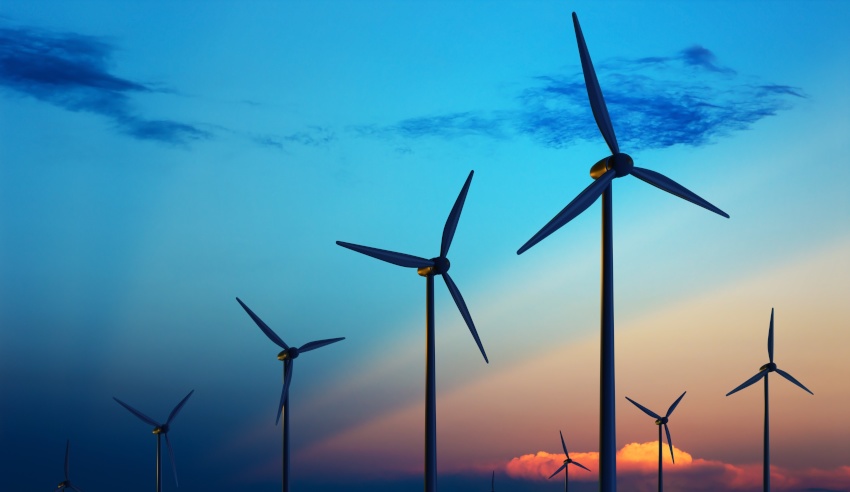The Coalition government has released its plans for accelerating the development and research of alternative and renewable energy sources, so what does this mean for the lawyers practising in this space? Clifford Chance partner Nadia Kalic spoke to Lawyers Weekly on the opportunities for lawyers in a potentially cleaner energy future.

Australia is set to accelerate research and development into alternative and renewable energy sources with a $1.9 billion injection into five different technologies. Although its plans for future, cleaner sources has been taken with a grain of salt by some industries, Ms Kalic said there are opportunities for legal professionals.
“In a number of cases, regulatory frameworks for those technologies don’t exist yet, or require reform,” Ms Kalic said, adding that Clifford Chance expects that there will likely be “increased focus by the investors, and therefore lawyers, on how to mitigate those associated regulatory risks when structuring deals” in this space across the globe.
In general, Ms Kalic said she does not expect there will be much of a shift in how firms approach M&A transactions in this space. Understanding underlying assets that cover the sale permitter – including commercial and financial arrangements and associated regulatory frameworks – will “continue to be essential” while advising clients.
For some of the low emission technologies, including clean hydrogen, Ms Kalic added she expects lawyers will need to draw on their experiences from other technologies – including gas, oil and offshore wind – to help develop bankable transaction structures.
In terms of a long-term future in cleaner energies, Ms Kalic said that the government’s $52.9 million support of gas-fired recovery and its National Gas Infrastructure Plan will identify priority projects and critical infrastructure needs. While it is consistent with the sentiments of investors, it will need more conversation on clean gas in the energy mix.
“In addition – and in line with the Integrated System Plan – we expect to see continued investment in grid-scale renewable generations (including solar and wind) and in the dispatchable resources, including hydro, VPP and other demand side participation,” she said.
“We expect that lawyers will need to draw on expertise across the entire energy value chain, including ‘old’ and ‘new’ technologies to advise investors through this transition.”
Ms Kalic said that in her experience, clients are “extremely eager” to discuss how they may improve the ESG practices of their business and investments.
These ESG practices – from climate risk disclosure to green investment standards and frameworks – have developed at pace and provided “ample opportunity for lawyers to engage with clients to discuss how and why these may be relevant to their business”.
